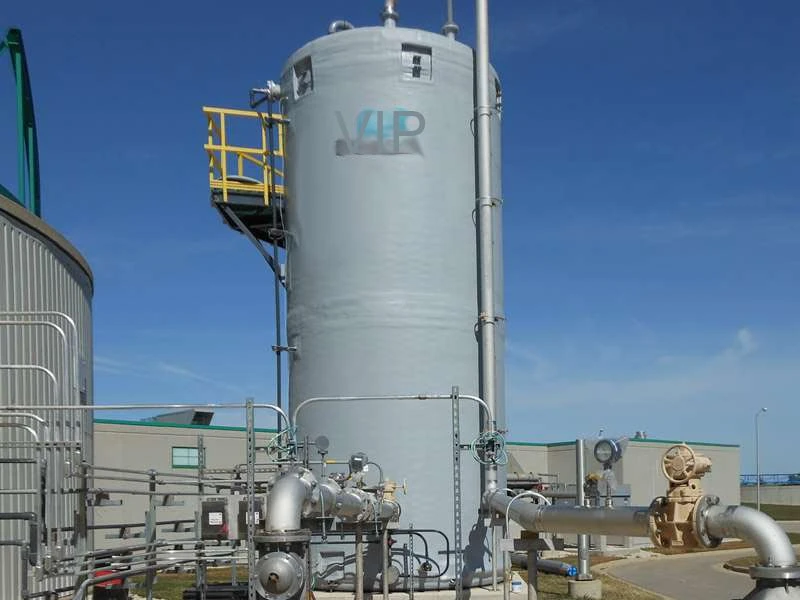
-
 Afrikaans
Afrikaans -
 Albanian
Albanian -
 Amharic
Amharic -
 Arabic
Arabic -
 Armenian
Armenian -
 Azerbaijani
Azerbaijani -
 Basque
Basque -
 Belarusian
Belarusian -
 Bengali
Bengali -
 Bosnian
Bosnian -
 Bulgarian
Bulgarian -
 Catalan
Catalan -
 Cebuano
Cebuano -
 China
China -
 China (Taiwan)
China (Taiwan) -
 Corsican
Corsican -
 Croatian
Croatian -
 Czech
Czech -
 Danish
Danish -
 Dutch
Dutch -
 English
English -
 Esperanto
Esperanto -
 Estonian
Estonian -
 Finnish
Finnish -
 French
French -
 Frisian
Frisian -
 Galician
Galician -
 Georgian
Georgian -
 German
German -
 Greek
Greek -
 Gujarati
Gujarati -
 Haitian Creole
Haitian Creole -
 hausa
hausa -
 hawaiian
hawaiian -
 Hebrew
Hebrew -
 Hindi
Hindi -
 Miao
Miao -
 Hungarian
Hungarian -
 Icelandic
Icelandic -
 igbo
igbo -
 Indonesian
Indonesian -
 irish
irish -
 Italian
Italian -
 Japanese
Japanese -
 Javanese
Javanese -
 Kannada
Kannada -
 kazakh
kazakh -
 Khmer
Khmer -
 Rwandese
Rwandese -
 Korean
Korean -
 Kurdish
Kurdish -
 Kyrgyz
Kyrgyz -
 Lao
Lao -
 Latin
Latin -
 Latvian
Latvian -
 Lithuanian
Lithuanian -
 Luxembourgish
Luxembourgish -
 Macedonian
Macedonian -
 Malgashi
Malgashi -
 Malay
Malay -
 Malayalam
Malayalam -
 Maltese
Maltese -
 Maori
Maori -
 Marathi
Marathi -
 Mongolian
Mongolian -
 Myanmar
Myanmar -
 Nepali
Nepali -
 Norwegian
Norwegian -
 Norwegian
Norwegian -
 Occitan
Occitan -
 Pashto
Pashto -
 Persian
Persian -
 Polish
Polish -
 Portuguese
Portuguese -
 Punjabi
Punjabi -
 Romanian
Romanian -
 Russian
Russian -
 Samoan
Samoan -
 Scottish Gaelic
Scottish Gaelic -
 Serbian
Serbian -
 Sesotho
Sesotho -
 Shona
Shona -
 Sindhi
Sindhi -
 Sinhala
Sinhala -
 Slovak
Slovak -
 Slovenian
Slovenian -
 Somali
Somali -
 Spanish
Spanish -
 Sundanese
Sundanese -
 Swahili
Swahili -
 Swedish
Swedish -
 Tagalog
Tagalog -
 Tajik
Tajik -
 Tamil
Tamil -
 Tatar
Tatar -
 Telugu
Telugu -
 Thai
Thai -
 Turkish
Turkish -
 Turkmen
Turkmen -
 Ukrainian
Ukrainian -
 Urdu
Urdu -
 Uighur
Uighur -
 Uzbek
Uzbek -
 Vietnamese
Vietnamese -
 Welsh
Welsh -
 Bantu
Bantu -
 Yiddish
Yiddish -
 Yoruba
Yoruba -
 Zulu
Zulu
frp valve
Understanding FRP Valves A Comprehensive Overview
Fiber-Reinforced Plastic (FRP) valves have gained substantial attention in various industrial applications due to their excellent corrosion resistance, lightweight nature, and durability. These valves are composed of a composite material that integrates plastic with fibrous materials, providing enhanced mechanical properties and making them a preferred choice in demanding environments.
Composition and Manufacturing
FRP valves are made by combining polymer resins with reinforcing fibers, commonly fiberglass. This manufacturing process, often referred to as filament winding or resin transfer molding, allows for the creation of complex shapes while maintaining structural integrity. The result is a lightweight yet sturdy component that can withstand harsh operating conditions typical in chemical processing, wastewater treatment, and power generation industries.
Advantages of FRP Valves
One of the most significant advantages of FRP valves is their exceptional resistance to corrosion. Unlike traditional metal valves, which can degrade over time when exposed to aggressive chemicals, FRP valves maintain their integrity, ensuring long-lasting performance. This characteristic is particularly valuable in chemical plants, where exposure to acid, alkalis, and various solvents can lead to rapid deterioration of metal components.
Another key advantage is their lightweight nature. FRP valves are considerably lighter than their metal counterparts, which simplifies installation and reduces the overall load on piping systems. This characteristic is advantageous in applications where structural support is a concern.
In addition to these benefits, FRP valves exhibit excellent thermal insulation properties. They can withstand a wide range of temperatures, making them suitable for both hot and cold applications. This thermal stability further enhances their performance in diverse industries, including oil and gas, food processing, and pharmaceuticals.
frp valve

Applications
FRP valves find applications across various sectors. In the chemical industry, they are used to control the flow of corrosive substances, ensuring safety and efficiency in processing. In wastewater treatment plants, their resistance to harsh chemicals makes them ideal for managing influents and effluents. Similarly, industries involved in food production utilize FRP valves to handle fluids without contamination, thus meeting stringent health and safety regulations.
Moreover, renewable energy facilities are increasingly adopting FRP valves for their wind and solar energy production processes. The lightweight and corrosion-resistant properties align well with the environmental considerations associated with renewable energy generation.
Challenges and Considerations
Despite their numerous advantages, FRP valves also come with challenges. One of the primary concerns is their susceptibility to extreme mechanical stresses, which can lead to cracking or delamination. Therefore, while selecting FRP valves, it is essential to consider the application requirements carefully and choose the right design and reinforcement pattern based on the expected loads and environmental conditions.
Furthermore, installation and maintenance practices require specific considerations to ensure the longevity of FRP valves. Proper handling during installation, adherence to manufacturer specifications, and regular inspections will help mitigate potential issues and maintain optimal performance.
Conclusion
In conclusion, FRP valves represent a significant advancement in industrial valve technology. Their unique composition offers several advantages, particularly corrosion resistance, lightweight characteristics, and thermal stability. As industries continue to prioritize safety, efficiency, and sustainability, the adoption of FRP valves is expected to rise. By understanding their benefits and challenges, professionals can make informed decisions to enhance operational reliability and efficiency in their respective fields. As we move towards a more environmentally conscious future, the role of FRP valves will undoubtedly become increasingly vital, offering innovative solutions for complex industrial challenges.









